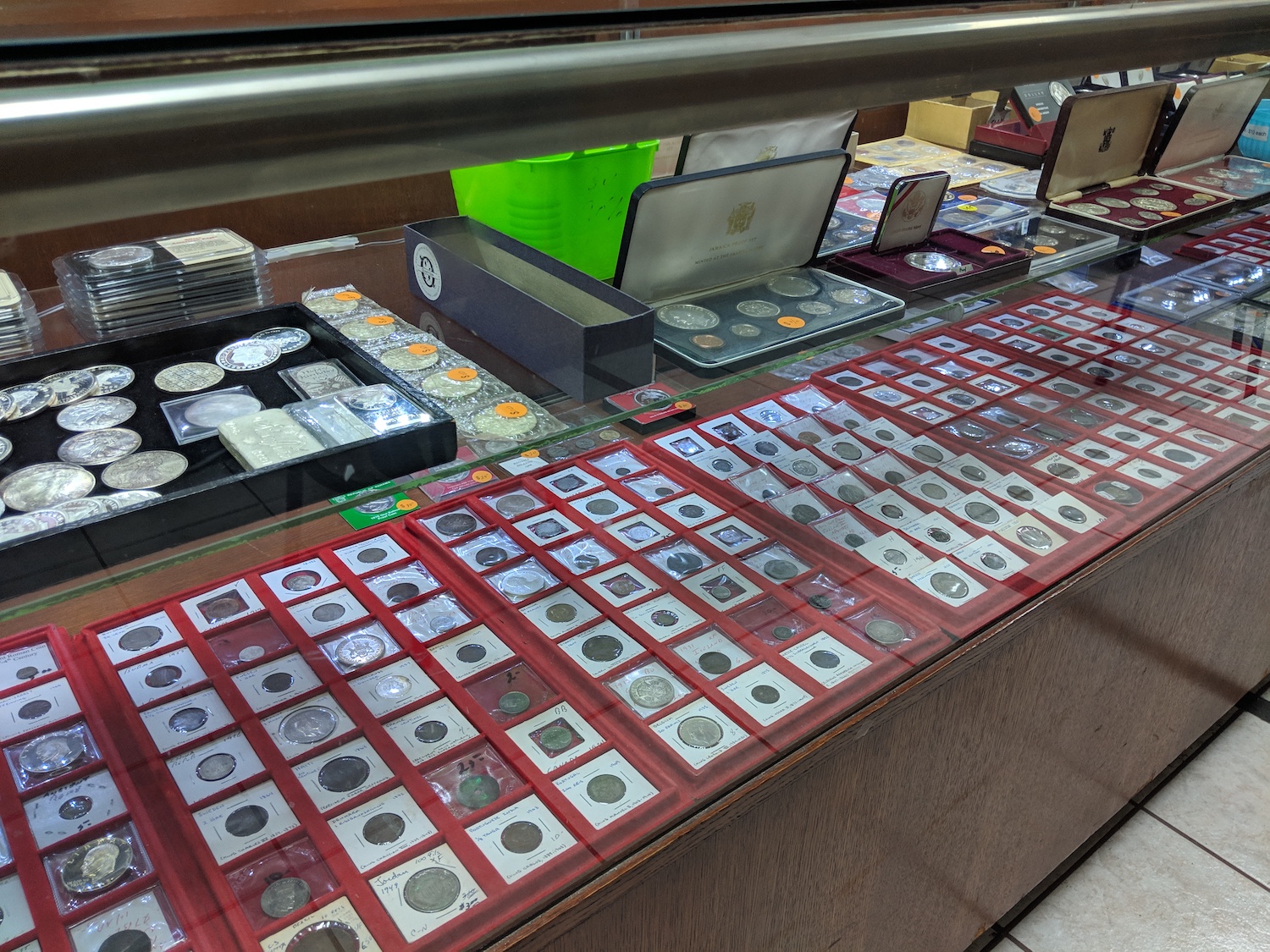Ancient coins held a significance far beyond their monetary value during the times they circulated; they were cherished as exquisite works of art. These coins served as miniature sculptures, crafted from precious metals, enabling civilizations to portray their deities and values. From the Greek and Roman Empires to Biblical times, the Middle Ages, and the Renaissance, ancient coins provide a captivating narrative of early civilizations. If only these ancient coins could speak, the stories they would tell—from the ingenious minds that designed and minted them to the countless hands they passed through. As numerous nations have risen and fallen throughout history, the surviving coins serve as tangible remnants of ancient cultures, offering valuable insights.
Even today, ancient coins continue to be widely sought after and collected. They hold a special place in the world of numismatics, with a market even dedicated to certified ancient coins graded by top-tier third-party companies. Regardless of one’s preferences, ancient coins present an exciting and rewarding addition to any collection. Their rich history is eloquently depicted in the magnificent designs that grace these remarkable coins. With their longevity spanning generations, ancient coins not only continue to be admired but also serve as invaluable educational tools, enlightening future generations. Truly, ancient coins are timeless.
The prominence of ancient coinage became evident during the early Greek civilization and can be divided into three distinct eras: Archaic, Classical, and Hellenistic. These periods collectively span over seven centuries. The Archaic period, lasting from around 800 BC until the Persian Wars in approximately 480 BC, saw the circulation of some of the earliest ancient Greek coins. These were minted by the prosperous King Croesus of Lydia, located along the coast of modern-day Turkey. The Lydians, known as enterprising individuals, required a standardized form of small-scale monetary exchange. This necessity led to the creation of the world’s first coins, featuring symbolic designs that authenticated their value. These ancient silver coins were minted from electrum, a naturally occurring gold and silver alloy abundantly found in the region.
The Classical Greek Coinage, which followed the Archaic period, witnessed a pinnacle of aesthetic and technical excellence. Early Greek coinage is widely regarded as a form of ancient art. Notable examples of this artistic mastery include the Greek Turtle Silver Stater from the Island of Aegina and the Greek Athena Owl coin, an exquisite silver tetradrachm. Special Olympic Staters were exclusively produced during the Olympic Games to support the temporary economy and serve as commemorative coins for the events.
The exquisite designs of ancient coins served as an inspiration for President Theodore Roosevelt, who sought to elevate American coinage to the level of these masterpieces. Roosevelt subsequently enlisted the renowned sculptor Augustus Saint-Gaudens to design some of the most splendid American coins ever produced.
During the Hellenistic period, ancient coins featured portraits of Hellenistic kings such as Alexander the Great and other successor monarchs. These portraits provide us with a realistic glimpse into the faces of various historical figures from the ancient world, depicted on the obverse side of the coins. The imagery on the reverse side often conveyed victorious conquests and political propaganda.
Hellenistic coinage paved the way for what numismatists refer to as Roman Imperatorial Coinage. Ancient Roman coins prominently displayed the likenesses of Julius Caesar, Augustus Caesar, Cleopatra, Marc Antony, and other notable figures. Today, embarking on the pursuit of assembling a 12 Caesar set in gold or silver proves to be an exhilarating and rewarding adventure. These ancient coins grant us a visual connection to world rulers throughout centuries, capturing their true visages for posterity. Many of these rulers would be unknown to history if not for the realistic coin portraits adorning these
